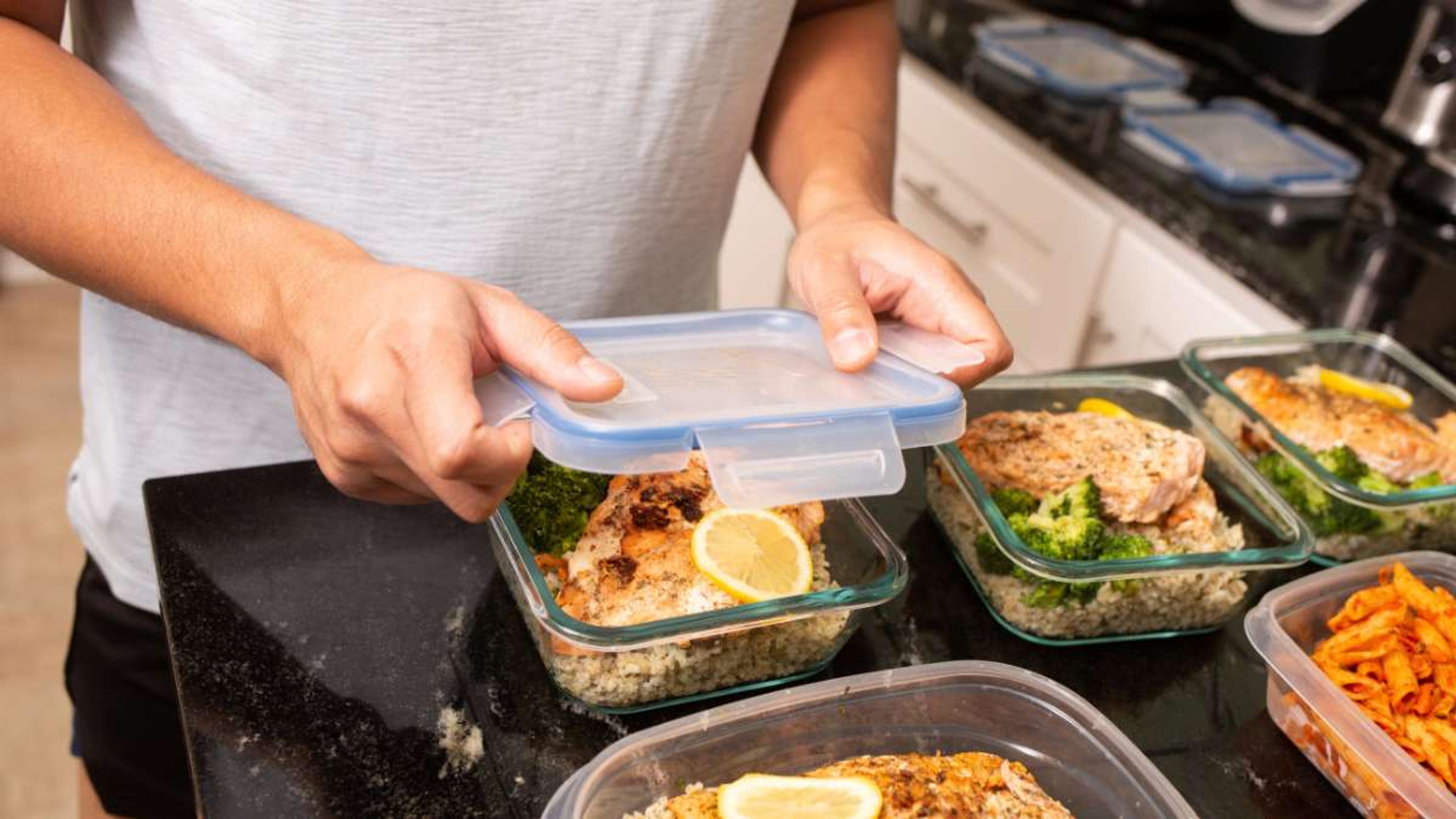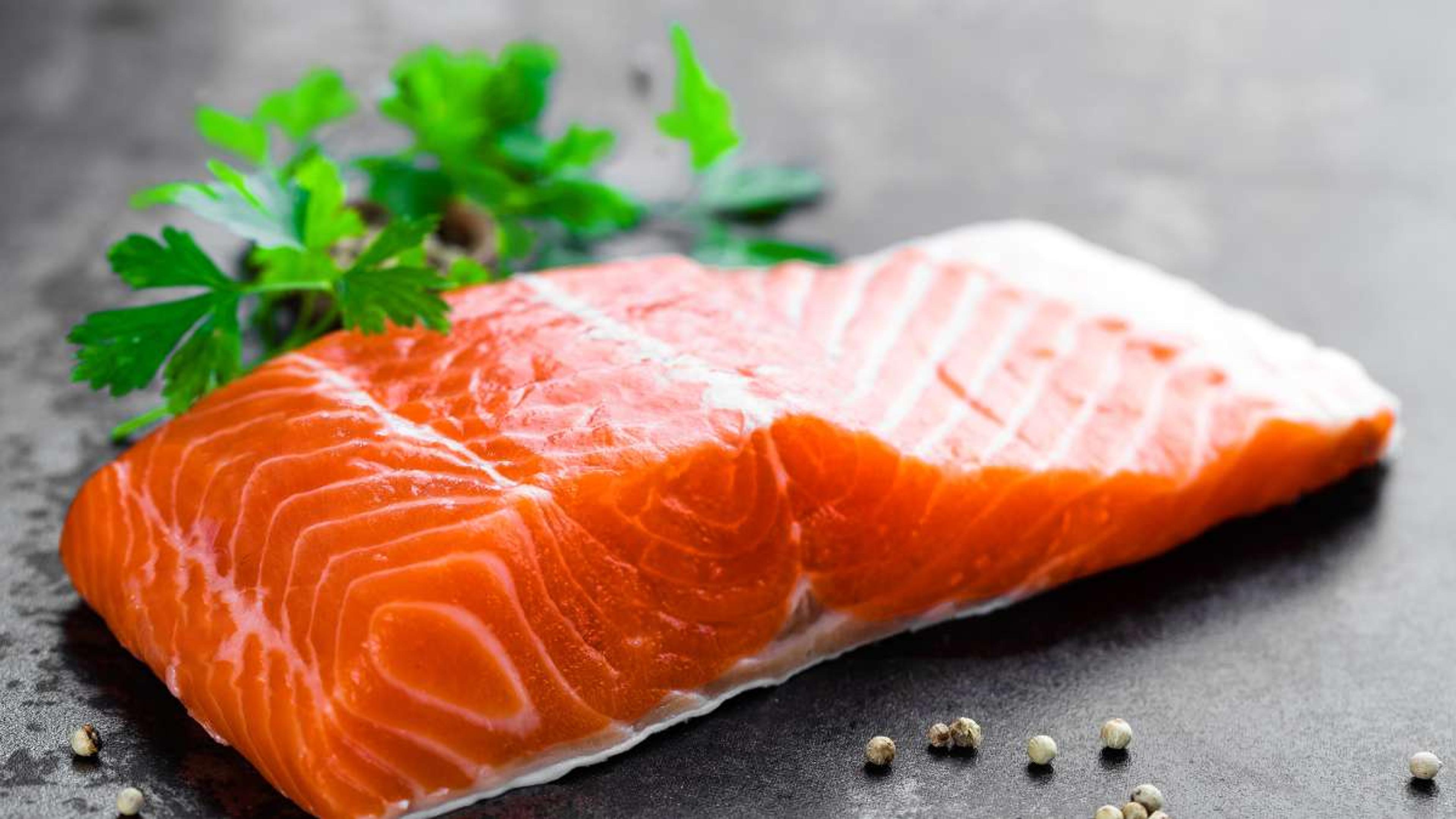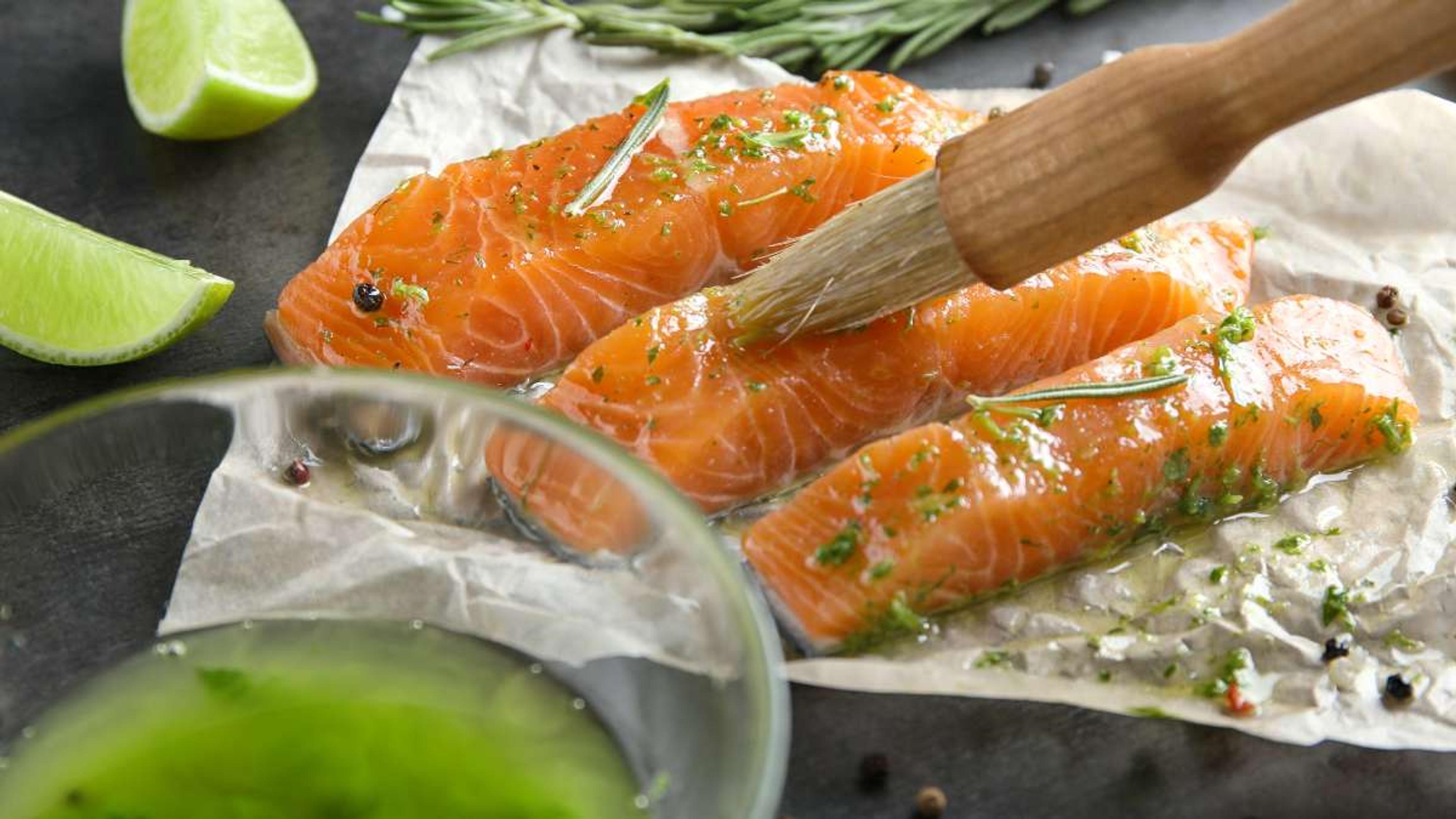Cooking Methods for Salmon: A Comprehensive Guide

- Key Takeaways
- 7 Different Cooking Methods for Salmon
- 5 Tips for Cooking Delicious Salmon
- 5 Delicious Sauces and Seasonings for Cooked Salmon
- Conclusion
- FAQs
Cooking the perfect salmon dish can seem like an intimidating task. Did you know there are multiple methods to prepare this nutritious and delicious fish? This article will guide you through different techniques of cooking salmon, from pan-frying to baking it in foil, ensuring your meal turns out perfectly every time.
Get ready for a culinary journey that's sure to elevate your seafood game!
Key Takeaways
- There are multiple cooking methods for salmon, including pan-frying, grilling, baking, poaching, steaming, broiling, and air frying.
- Each cooking method has its own unique flavor and texture profile.
- It's important to choose fresh salmon for the best taste and quality.
- Seasoning the salmon with spices like salt, pepper, and herbs enhances the flavor.
- Using the proper cooking equipment ensures even cooking and prevents sticking.
- Monitoring the cooking time carefully helps avoid overcooking or undercooking the salmon.
- Allowing the cooked salmon to rest before serving enhances its flavor and texture.
- Delicious sauces like lemon butter sauce or dill yogurt sauce can be paired with cooked salmon for added taste.
7 Different Cooking Methods for Salmon

1. Pan-Frying Salmon
Cooking salmon by pan-frying is a common and loved way. Here are the steps to do it:
- Get your salmon fillet ready.
- Make sure there's no bone left in the fillet.
- Season your salmon with salt, pepper, or other spices you like.
- Put some olive oil in a large skillet.
- Turn on the stove to medium-high heat.
- Wait till the oil is hot enough.
- Put your salmon in the hot pan with the skin side down if it has skin.
- Cook for about 7 minutes for each side of the fillet.
- The salmon will get a crispy crust outside but stay soft inside.
2. Grilling Salmon
Grilling salmon is not hard. It calls for high heat and a good piece of salmon fillet. Here are the steps to follow:
- First, season the salmon. Use your favorite seasonings or just olive oil, salt, and pepper.
- Next, turn on the grill. Set it to high heat for the best results.
- Now, place the salmon on the grill. The skin side should be down.
- Use a foil pack if you have one. This can keep juice in and make your salmon taste even better.
- Cook your salmon for 6-8 minutes with the skin side down. Do not flip it over.
- Check if your salmon is done using a thermometer. It is cooked when it reads 145 degrees Fahrenheit at the thickest part of the fillet.
3. Baking Salmon
Baking salmon is a simple and delicious way to enjoy this seafood. Here are the steps to follow:
- Start by setting your oven to 350°F for pre-heating.
- Grab a baking dish or sheet pan.
- Get a fresh salmon fillet and remove any pin bones.
- Place the fillet in your baking dish, skin-side down.
- Now it's time to season the salmon. Use olive oil, salt, pepper or other seasonings you love.
- Put your piece of salmon in the oven.
- Bake until your food thermometer shows that the thickest part of the fillet has reached its right doneness - usually around 145°F.
- Enjoy! Baking gives your salmon a nice, flaky texture.
- Always choose fresh or wild salmon for best taste.
- Season well but remember: You can always add more later!
- Keep an eye on your cooking time – no one likes dry fish!
- Letting fish rest after cooking helps keep it moist and tasty.
4. Poaching Salmon
Poaching salmon is a gentle cooking method that keeps the fish moist and flavorful. Here are some tips for poaching salmon:
- Use a flavorful liquid like broth, wine, or water to simmer the salmon.
- Add aromatics such as herbs, spices, or citrus slices to enhance the taste.
- Choose a pan large enough to hold the salmon fillet without overcrowding.
- Bring the poaching liquid to a gentle simmer before adding the salmon.
- Carefully place the salmon in the liquid, making sure it's fully submerged.
- Cook the salmon on low heat, just below boiling point, for about 10 minutes per inch of thickness.
- Check for doneness by inserting a fork into the thickest part of the fillet - it should easily flake apart.
- Once cooked, carefully remove the salmon from the poaching liquid using a slotted spatula or tongs.
5. Steaming Salmon
Steaming salmon is a healthy and simple cooking method. Here's how to steam salmon:
- Fill a deep pan with water and bring it to a boil.
- Season the salmon fillet with salt, pepper, and your favorite herbs or spices.
- Place the seasoned salmon on a steamer basket or a heatproof plate.
- Carefully place the steamer basket or plate on top of the pan, making sure it doesn't touch the boiling water.
- Cover the pan with a lid and let the salmon steam for about 8-10 minutes, depending on the thickness of the fillet.
- Check for doneness by inserting a fork into the thickest part of the fillet. The salmon should be opaque and flake easily.
- Once cooked, remove the steamed salmon from the pan and serve immediately.
- You can garnish it with fresh herbs or squeeze some lemon juice over it for added flavor.
6. Broiling Salmon
Broiling salmon is a quick and easy way to cook this delicious fish. Here are some key points to keep in mind:
- Preheat your broiler on high heat.
- Place the salmon fillet skin-side down on a foil-lined baking sheet.
- Brush the salmon with olive oil and season it with salt and pepper, or your favorite seasonings.
- Broil the salmon for 8-10 minutes, or until it is cooked through and flakes easily with a fork.
- Keep an eye on the salmon while it broils to prevent overcooking.
- Broiled salmon has a crispy skin and moist, tender flesh inside.
7. Air Frying Salmon
Air frying salmon is a quick and healthy way to cook this delicious fish. Here are some key points to remember when air frying salmon:
- Air frying yields crispy exteriors and moist interiors.
- Salmon can be cooked in the air fryer in as little as 8 minutes at 400°F.
- You can find various recipes for air fryer salmon, including ones with creamy Cajun sauce and dry rubs.
- The air fryer cooks salmon quickly and evenly, making it a convenient method.
- Air frying requires little to no oil, making it a healthier option.
- Whether you have fresh or frozen salmon, you can cook it in the air fryer. Just adjust the cooking time based on fillet thickness.
5 Tips for Cooking Delicious Salmon
Choose fresh salmon, season it to enhance its flavor, use the right cooking equipment, monitor cooking time carefully, and let the salmon rest before serving. Read on to learn more about these tips for cooking delicious salmon!

1. Choose Fresh Salmon
Choosing fresh salmon is crucial for achieving delicious and flavorful results. Look for salmon fillets that have bright, vibrant colors and firm texture. Fresh salmon should also smell clean and have no hint of fishy odor.
If possible, opt for wild-caught salmon as it tends to have a more delicate flavor compared to farm-raised varieties. Additionally, make sure to check the packaging or ask your fishmonger about the origin of the salmon to ensure it's from a reputable source.
By selecting fresh salmon, you'll enhance the overall taste and quality of your dish.
2. Season the Salmon
To make your salmon extra tasty, don't forget to season it! Seasoning will enhance the flavor of the fish and give it a delicious kick. Before cooking, sprinkle some salt, pepper, and paprika on both sides of the salmon fillets and leave it for at least 15-30 minutes before you cook.
These simple spices will add a nice depth of flavor to the dish. You can also experiment with other herbs and spices like dill, thyme, or garlic powder. By seasoning your salmon before cooking it, you'll ensure that every bite is bursting with deliciousness.
3. Use the Proper Cooking Equipment
To cook delicious salmon, it's important to use the right cooking equipment. The proper cooking equipment helps in achieving the desired texture and flavor of the fish. It can help you get crispy skin and tender flesh, which makes for a more enjoyable eating experience.
Using the right tools ensures that your salmon is cooked evenly and prevents it from sticking to the pan or grill. While specific details about the types of cooking equipment needed are not mentioned in this article, it is emphasized that using the proper tools is essential for cooking delicious salmon.
4. Monitor Cooking Time Carefully
When cooking salmon, it is crucial to monitor the cooking time carefully. This will ensure that the salmon is cooked just right and not overcooked or undercooked. Different cooking methods require different times, so pay attention to the specific instructions for the method you choose.
For example, if baking salmon at 275°F, keep an eye on it for 15 to 35 minutes until it reaches a temperature of 120°F. When broiling salmon, aim for 3 to 5 minutes of cook time, making sure it is slightly undercooked in the middle.
Remember to remove the salmon from heat about 5 degrees before reaching the desired internal temperature (145°F) and let it rest for a few minutes before serving. By monitoring the cooking time carefully, you can achieve perfectly cooked salmon every time.
5. Let the Salmon Rest Before Serving
Resting the salmon before serving is an important step to enhance its flavor. When the salmon is taken off the heat, it's best to let it rest for a few minutes before cutting into it.
This allows the juices to redistribute throughout the fish, making it juicier and more flavorful. Additionally, resting gives the proteins in the salmon time to relax, resulting in a tender and moist texture.
Remember that resting time depends on the thickness of your salmon fillet - thicker cuts may require a longer resting period. By allowing your cooked salmon to rest before serving, you'll ensure a delicious and satisfying meal for your taste buds.
5 Delicious Sauces and Seasonings for Cooked Salmon
So many delicious sauces and seasonings await you! Keep reading to discover more mouthwatering ways to enhance your cooked salmon experience.

Lemon butter sauce is a delicious addition to any salmon dish. It adds a tangy and buttery flavor that enhances the taste of the salmon. Plus, it's easy to make with just a few ingredients. Some facts about lemon butter sauce include:
- Ingredients for lemon butter sauce typically include garlic, butter, fresh lemon juice, and sometimes chicken broth.
- Lemon butter sauce can be used with different salmon dishes such as slow roasted, baked, or pan-seared for various flavors and textures.
- It can be a flavorful addition to any salmon dish, adding richness and depth of flavor.
- Lemon butter sauce is versatile and can also be used with other seafood or even over vegetables.
- Making lemon butter sauce at home allows you to control the ingredients and customize the flavors to your liking.
Dill yogurt sauce is a creamy and tangy sauce that pairs perfectly with salmon fillets. It is made with a combination of mayonnaise and Greek yogurt, which gives it a smooth and rich texture. This sauce requires only about 5 minutes to prepare, making it an easy and quick option for adding flavor to your salmon dishes.
- Combine the sauce with lemon zest, lemon juice, and chopped fresh dill for a refreshing twist on baked salmon.
- Try adding wasabi, dill, lemon juice, and Greek yogurt to the sauce for a spicy kick that complements grilled salmon.
- Some recipes suggest incorporating mayonnaise into the sauce to enhance its richness and flavor.
3. Mango Salsa
Mango salsa is a popular sauce and seasoning option for cooked salmon. It can be used for both grilled and baked salmon recipes. The recipe is foolproof and can be made in less than 30 minutes. Salmon with mango salsa is highly nutritious, as salmon is high in protein and omega-3 fatty acids, while mango salsa is packed with nutrients and antioxidants. Blackened salmon with mango salsa is a flavorful and healthy option, cooked either in a pan or air fried. The mango salsa typically includes fresh mango, lime juice, bell peppers, and jalapeños for a tangy and zesty flavor.
Garlic herb butter is a delicious addition to cooked salmon. Here are some ways you can use garlic herb butter to enhance the flavor of your salmon:
- Spread garlic herb butter on top of the salmon fillet before grilling, baking, or broiling it.
- Melt garlic herb butter in a skillet and pan-fry the salmon until it is crispy and golden brown.
- Brush garlic herb butter on the salmon while it is baking in the oven to keep it moist and flavorful.
- Add a dollop of garlic herb butter to poached or steamed salmon for a rich and savory taste.
- Place a pat of garlic herb butter on top of the salmon before air frying it for a tasty and healthy meal.
5. Citrus Glaze
Citrus glaze is a sweet and tangy marinade for salmon. It can be used for grilling, baking, or slow-roasting salmon. The glaze is made by combining lemon, lime, and orange. Other ingredients like olive oil, garlic, sea salt, and lemon butter sauce can be added for more flavor. The glaze can also be reduced to a syrupy consistency. Salt and pepper can be adjusted to taste.
Conclusion
In conclusion, there are many delicious ways to cook salmon. Whether you prefer pan-frying, grilling, baking, poaching, steaming, broiling, or air frying, you can create a mouthwatering dish that everyone will love.
With the right seasoning and cooking techniques, you can enjoy tender and flavorful salmon every time. So go ahead and experiment with different methods to find your favorite way of cooking this nutritious fish!
FAQs
1. What are some common cooking methods for salmon?
Some common cooking methods for salmon include baking, grilling, pan-searing, and poaching.
2. How long should I cook salmon to ensure it is done?
The cooking time for salmon depends on the thickness of the fillet or steak. As a general guideline, cook it for about 10 minutes per inch of thickness until it is opaque and flakes easily with a fork.
3. Can I use marinades or spices when cooking salmon?
Yes, you can use marinades or spices to add flavor to your cooked salmon. Popular options include lemon juice, garlic, dill, soy sauce, and honey.
4. Is it better to remove the skin before cooking salmon?
It's personal preference whether you want to remove the skin before cooking salmon. Leaving the skin on can help hold the fish together and prevent sticking while adding extra flavor when cooked properly.

